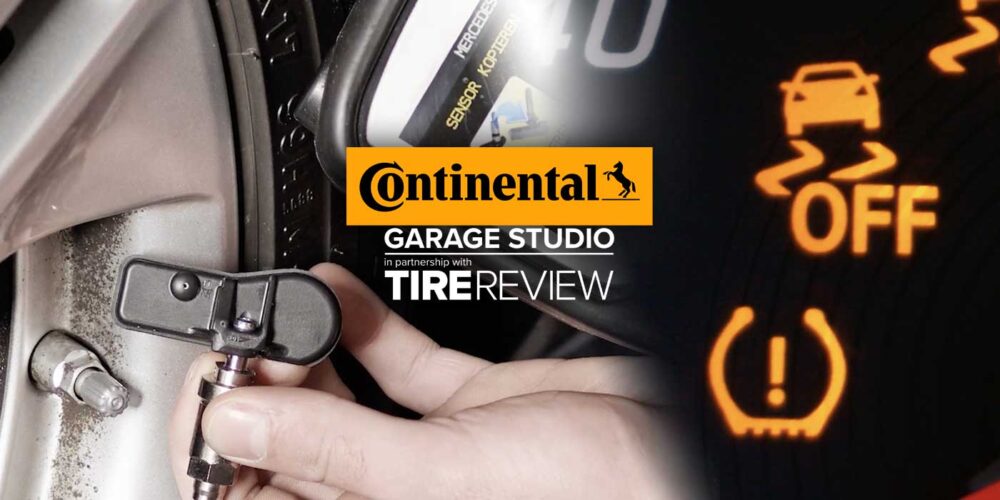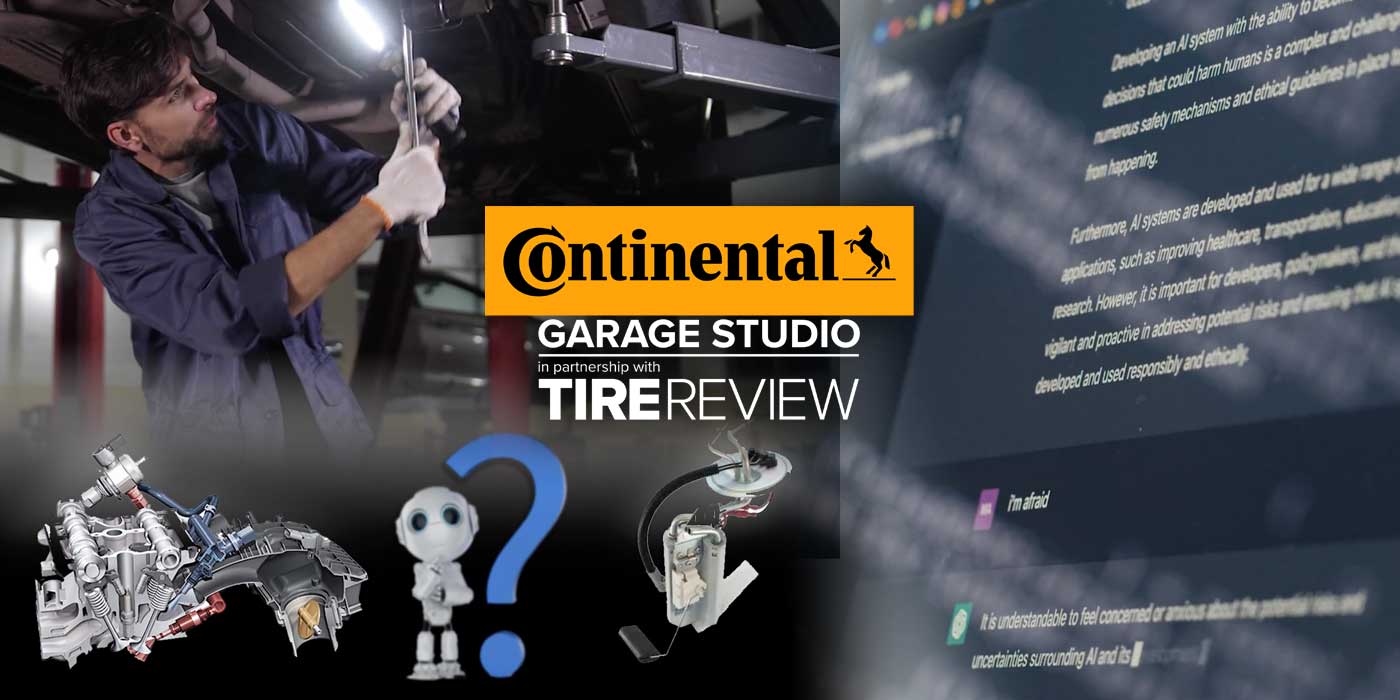When it comes to TPMS service and successful TPMS programs, you have to have consistent practices like testing the system before touching it, changing out service kits every time a tire is removed from a wheel and making sure programming tools stay up to date. And one crucial thing you don’t want to overlook is using proper torque practices when assembling the sensor.
Torquing isn’t an extra step; it’s a step that has to be performed completely. Certain parts of the valve stem must be attached at the proper tightness: not too loose and not too tight, which ensures the safest possible attachment for your customer.
Improper torque can lead to air leaks or even complete sensor detachment, which leads to an unsafe system, a comeback, higher service costs and an unhappy customer.
Anything you turn outside of the sealing cap requires torquing. These include:
- The nut on aluminum clamp-in stems;
- The screw on rubber snap-in and those on some aluminum clamp-in stems; and
- The valve core on all types of valve stems.
All of these things can be achieved with TPMS hand tools that make achieving the proper torque pretty simple. To set the hand tool to the proper torque, just tighten until you hear the “click.” The “click” lets you know the part is at the proper tightness, and even if you turn the tool more and hear more “clicks,” it won’t get any tighter. This, again, ensures you’ve achieved the proper torque.
Before I go, let me leave you with a few more tips for torquing:
- Make sure you check the sensor or valve manufacturer’s recommendation on torque measurements as they vary from brand to brand.
- After using an adjustable torque tool, set it back to zero to preserve the tool’s accuracy.
- Wipe down the surface of the valve and ensure it is free of debris before attaching and torquing screws, valve cores and nuts.
- Never use cleaners or lubricants prior to torquing.












